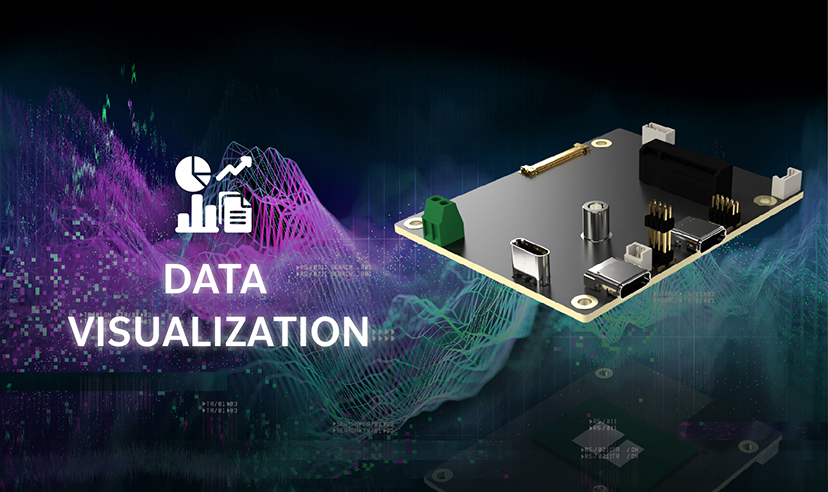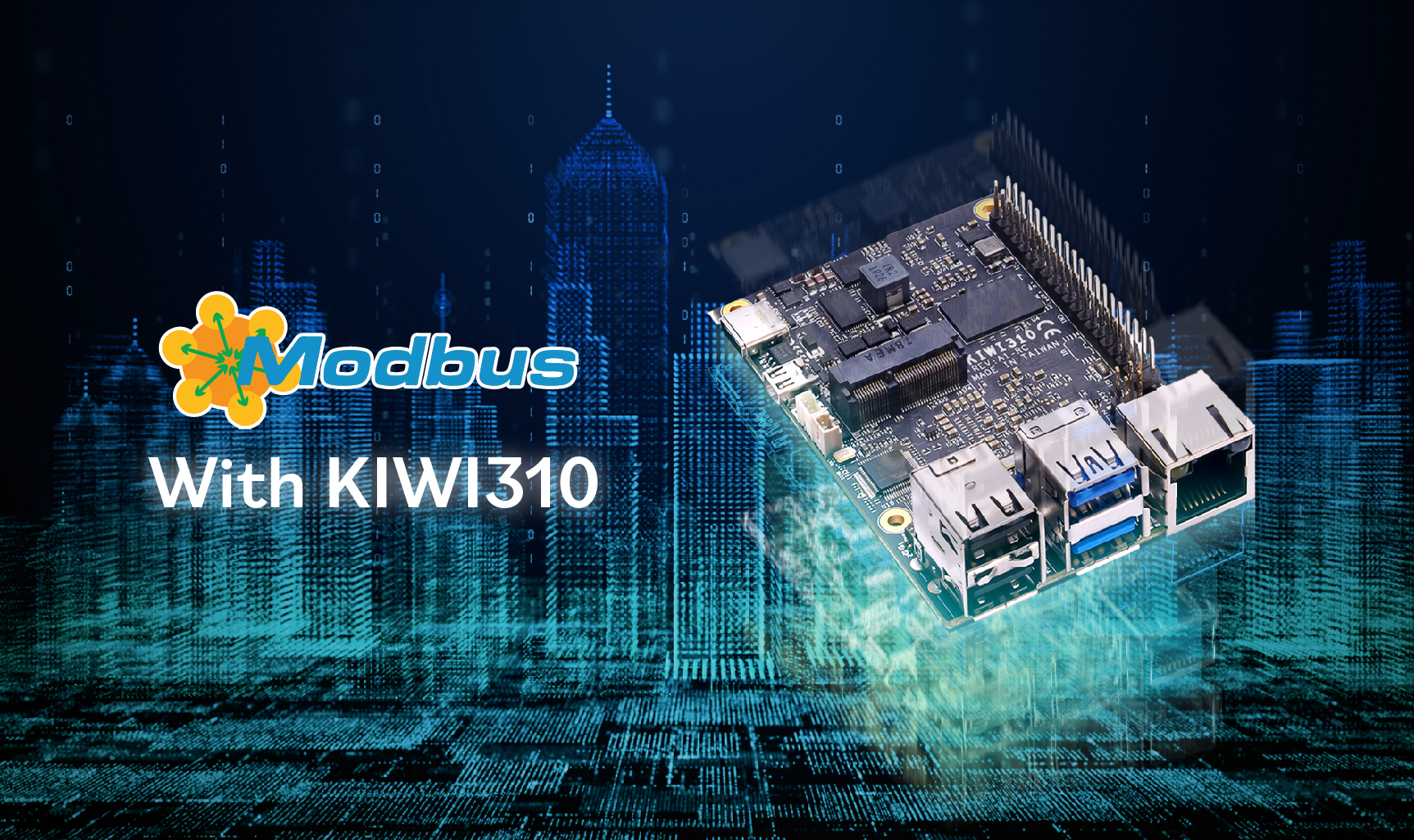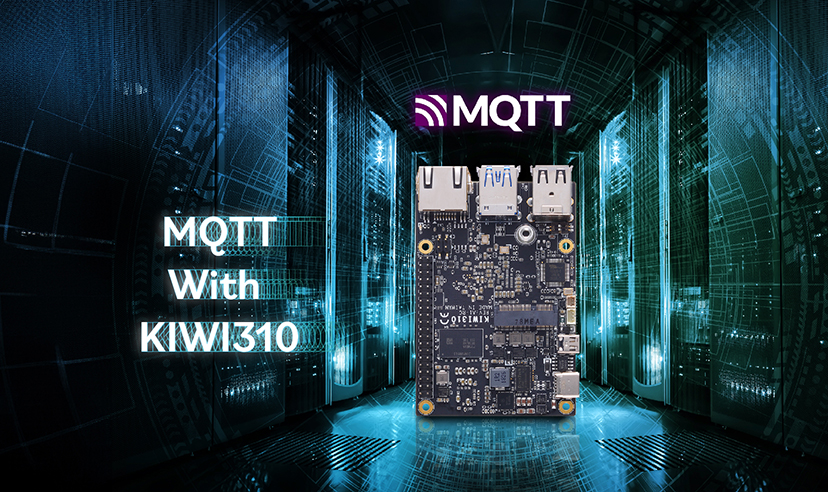
MQTT Architecture
In the dynamic landscape of the Internet of Things (IoT), where connectivity and communication are paramount, the MQTT protocol emerges as a lightweight and efficient solution. We encourage you to refer to our previous post for deeper insights into MQTT fundamentals.
What is the MQTT architecture?
Functioning as a central hub, an MQTT broker efficiently manages the flow of messages between MQTT clients, including publishers and subscribers. It acts as a mediator, receiving messages published by clients, filtering them by topic, and distributing them to subscribed clients.
The MQTT broker architecture revolves around the publish-subscribe messaging pattern, comprising three primary components: clients, topics, and the broker.
1. MQTT Broker Server
- The MQTT broker server receives messages from publishers and delivers them to subscribers based on their topic subscriptions.
- It manages client connections, handles subscriptions and unsubscriptions, and ensures message delivery according to specified Quality of Service (QoS) levels.
2. MQTT Clients
- MQTT clients, which can be publishers, subscribers, or both, interact with the broker.
- Publishers send messages to the broker, while subscribers receive messages from the broker.
- Clients encompass various devices and applications capable of establishing MQTT protocol connections.
3. Topics
- Topics, hierarchical strings defining message subjects or categories, form the foundation of message organization.
- Publishers associate messages with specific topics, while subscribers express interest in receiving messages by subscribing to relevant MQTT topics.
- The broker then routes messages to subscribers based on their topic subscriptions.
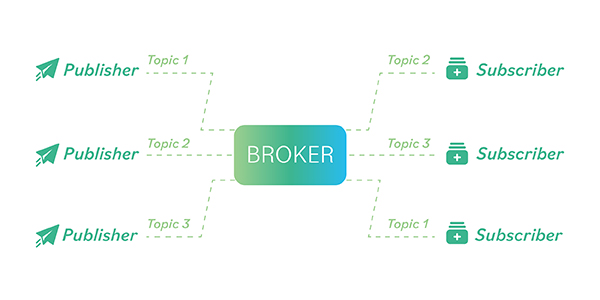
About KIWI board
KIWI board is a complete solution provider, supporting all aspects of your project, from hardware to software to system integration, to keep your application running securely, reliably, and at peak performance. KIWI board builds its products for high reliability, performance, security, scalability, and versatility. So, customers can expect a long lifespan, quickly adapt to evolving system requirements, and adopt future technologies as they emerge.
Next steps
Ready to talk about your projects with a KIWI board expert? Contact us
Want to hear more from KIWI board? For our newsletter, Sign up
Or request a quotation
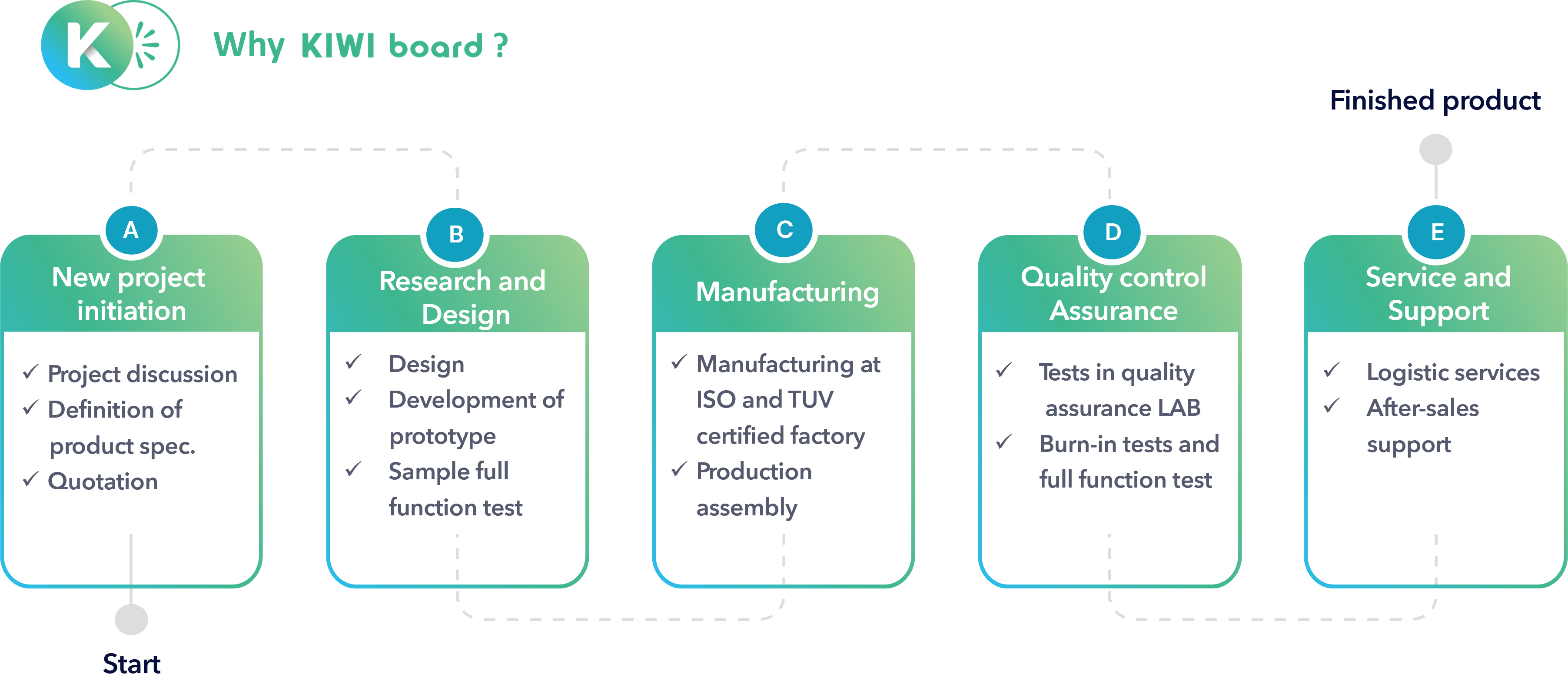
.jpg)




